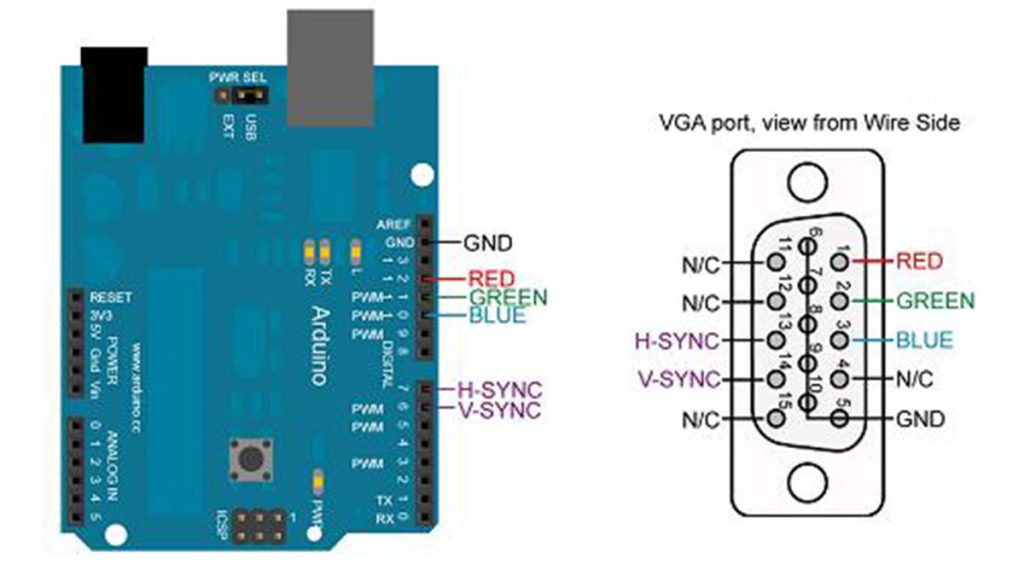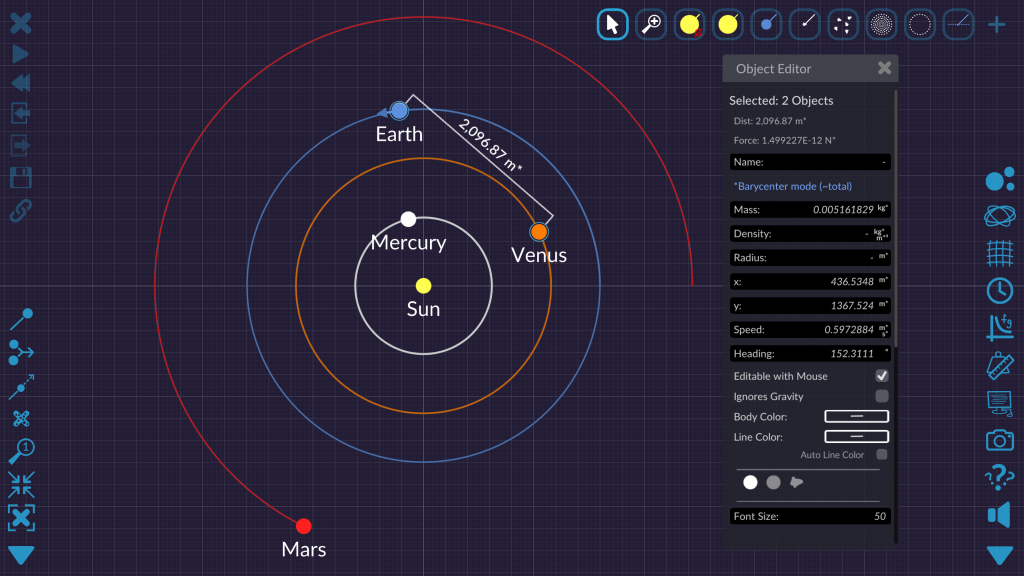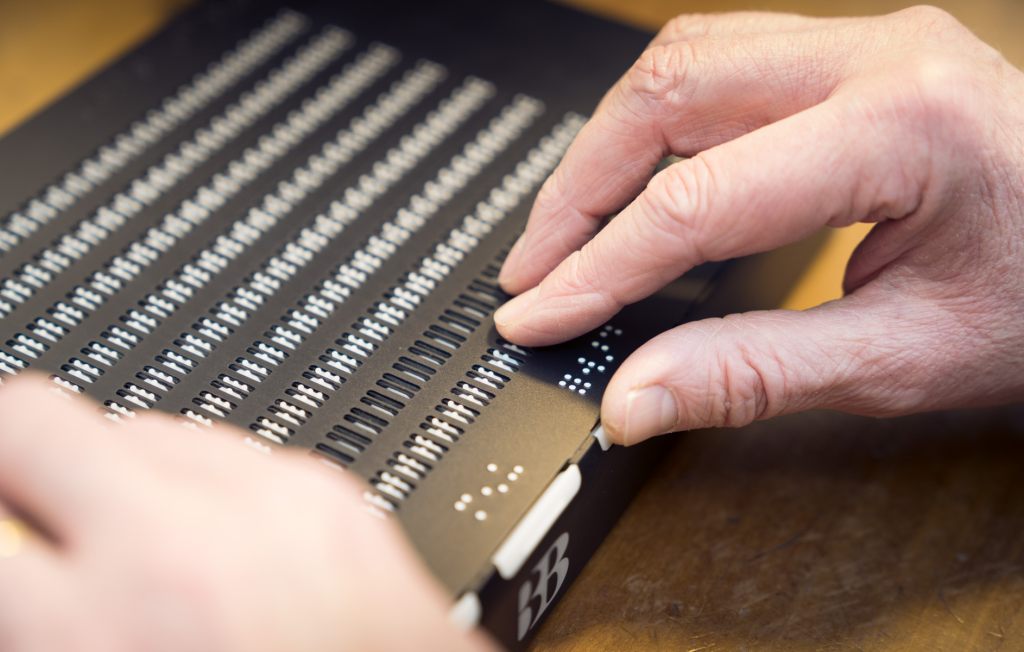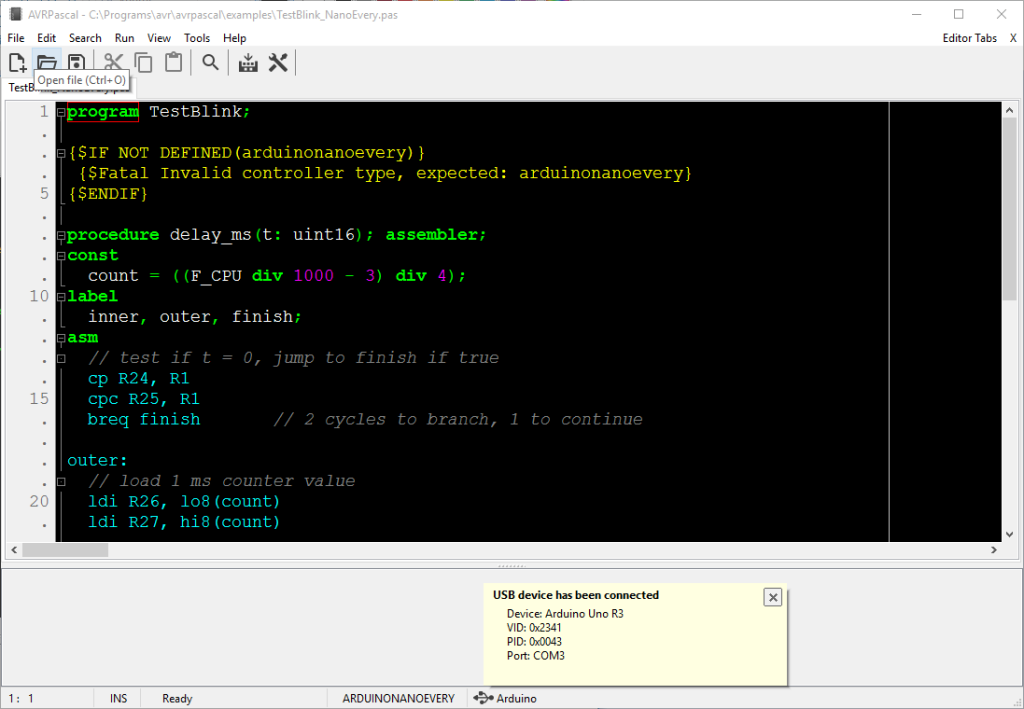Microcontroller VGA communication represents an exciting intersection of technology that allows microcontrollers to interface with standard VGA monitors, a feat previously reliant on more complex hardware like ISA cards. By leveraging an Arduino Mega, enthusiasts can experience what was once accessible only to outdated IBM PC systems, proving that modern devices can still bridge the gap with retro technology. This innovative approach demonstrates not only the versatility of microcontrollers in managing VGA signals but also highlights the enduring concept of PC backward compatibility. For hobbyists and engineers exploring the Arduino VGA project, it offers an engaging way to create visual output without requiring expensive graphics cards. Through this exploration, users can tap into a world of 16-color graphics, text display capabilities, and the thrill of bringing old technologies back to life in a new context.
The world of microcontroller and video display integration opens a new realm of possibilities for creators and tinkerers alike. VGA communication by microcontrollers enables these small computing devices to effectively send visual signals to traditional monitors, an innovation that revitalizes retro display technologies. This process mirrors the functionality typically associated with ISA card communication, allowing for seamless output from devices like the Arduino Mega to various screen resolutions. As the retro computing community continues to grow, making connections between contemporary microcontrollers and legacy compatibility could spark a resurgence of interest in vintage computing aesthetics. This endeavor not only enhances the learning curve associated with microcontroller programming but also enlivens the possibilities for unique graphics projects.
Understanding the Basics of VGA Communication with Microcontrollers
When it comes to interfacing a microcontroller with a VGA monitor, understanding the foundational principles is essential. The VGA (Video Graphics Array) standard requires specific timing and signal protocols to display images properly. Fortunately, microcontrollers like the Arduino Mega possess sufficient processing power to handle these requirements, making them ideal candidates for such projects. By connecting the microcontroller directly to a VGA monitor, hobbyists and developers can explore custom visuals and data presentations without the need for traditional computing hardware.
Additionally, the necessity of a VGA connection for different modes of display, such as the classic 80×25 text mode or the higher-resolution 640×480 graphic mode, sets the stage for creative experimentation. Understanding how the microcontroller VGA communication operates is crucial for achieving desired results, whether for simple text output or more complex graphical representations. As developers dive into this realm, experimenting with VGA connections also leads to a deeper comprehension of digital signal processing.
Frequently Asked Questions
How can I set up my microcontroller for VGA communication?
Setting up your microcontroller for VGA communication involves using libraries like VGAlib for Arduino or creating your own timing routines to match VGA specifications. For example, the Arduino Mega is capable of generating the necessary signals, making it a great choice for your VGA project.
What microcontrollers are best for VGA communication?
Microcontrollers such as the Arduino Mega are particularly suited for VGA communication due to their speed and GPIO capabilities. They can generate the required timing signals essential for creating images on a VGA monitor.
Can I use Arduino VGA project to create graphics and text displays?
Yes, an Arduino VGA project can effectively create graphics and text displays on a VGA monitor. Using libraries such as TVout or custom code, you can output different resolutions like 320×200 or 640×480 and produce either text or graphical content.
What are the challenges of VGA communication with microcontrollers?
Challenges in VGA communication with microcontrollers include timing precision, required signal levels, and resolution management. For example, the Arduino must accommodate the VGA clock line requirements while ensuring compatibility with the VGA monitor.
Is it possible to interface a VGA monitor directly with a microcontroller?
Yes, it is possible to interface a VGA monitor directly with a microcontroller. With the proper libraries and code that handle signal generation, a microcontroller can communicate with various VGA modes, allowing for display functionalities similar to an ISA card.
How does ISA card communication relate to modern microcontroller VGA projects?
ISA card communication lays the foundational timing and signal protocols that modern microcontroller VGA projects utilize. Many principles from the ISA bus are replicated by microcontrollers, enabling backward compatibility and effective communication with VGA monitors.
What VGA resolution can an Arduino Mega achieve in VGA communication?
In VGA communication, an Arduino Mega can support several resolutions, including 80×25 for text mode, 320×200 for 256 colors, and 640×480 for 16-color graphics. The capabilities depend on how efficiently your code handles signal timing.
How does PC backward compatibility help with microcontroller VGA communication?
PC backward compatibility is crucial in microcontroller VGA communication as it allows the use of older ISA card specifications to design modern solutions. This compatibility ensures that microcontrollers can effectively communicate using established VGA standards that date back to earlier PC models.
What libraries should I use for microcontroller VGA communication?
For microcontroller VGA communication, popular libraries include VGAlib and TVout, specifically designed for handling video signals and facilitating display management on VGA monitors. These libraries simplify the programming process for projects involving VGA displays.
What limitations exist when using a microcontroller for VGA communication?
Limitations when using a microcontroller for VGA communication may include lower resolution capabilities compared to dedicated graphics hardware, constraints on frame rate, and complexity of managing multiple signal timings required for high-quality output.
| Key Points |
|---|
| Microcontroller VGA communication allows Arduino to interface with VGA monitors and cards. |
| The project demonstrates how a microcontroller can replace older ISA cards used in PCs. |
| Arduino Mega is utilized to manage VGA signals effectively despite previous challenges with Trident cards. |
| Backward compatibility of PC hardware aids in using 16-bit ISA cards in older systems. |
| The VGA modes supported include 80×25 text, 320×200 graphics, and 640×480 graphics. |
| Emulating ISA cards remains a viable option for enthusiasts due to diminishing availability. |
Summary
Microcontroller VGA communication is a fascinating topic that highlights how modern microcontrollers like the Arduino Mega can retroactively interact with legacy hardware such as VGA monitors. This project not only bridges the gap between current and past technologies but also showcases the ingenuity necessary to adapt these systems. With the ability to operate in various VGA modes, it emphasizes the role of microcontrollers in reviving and reinventing compatibility with older standards, ensuring that innovation continues despite the challenges presented by outdated hardware.



